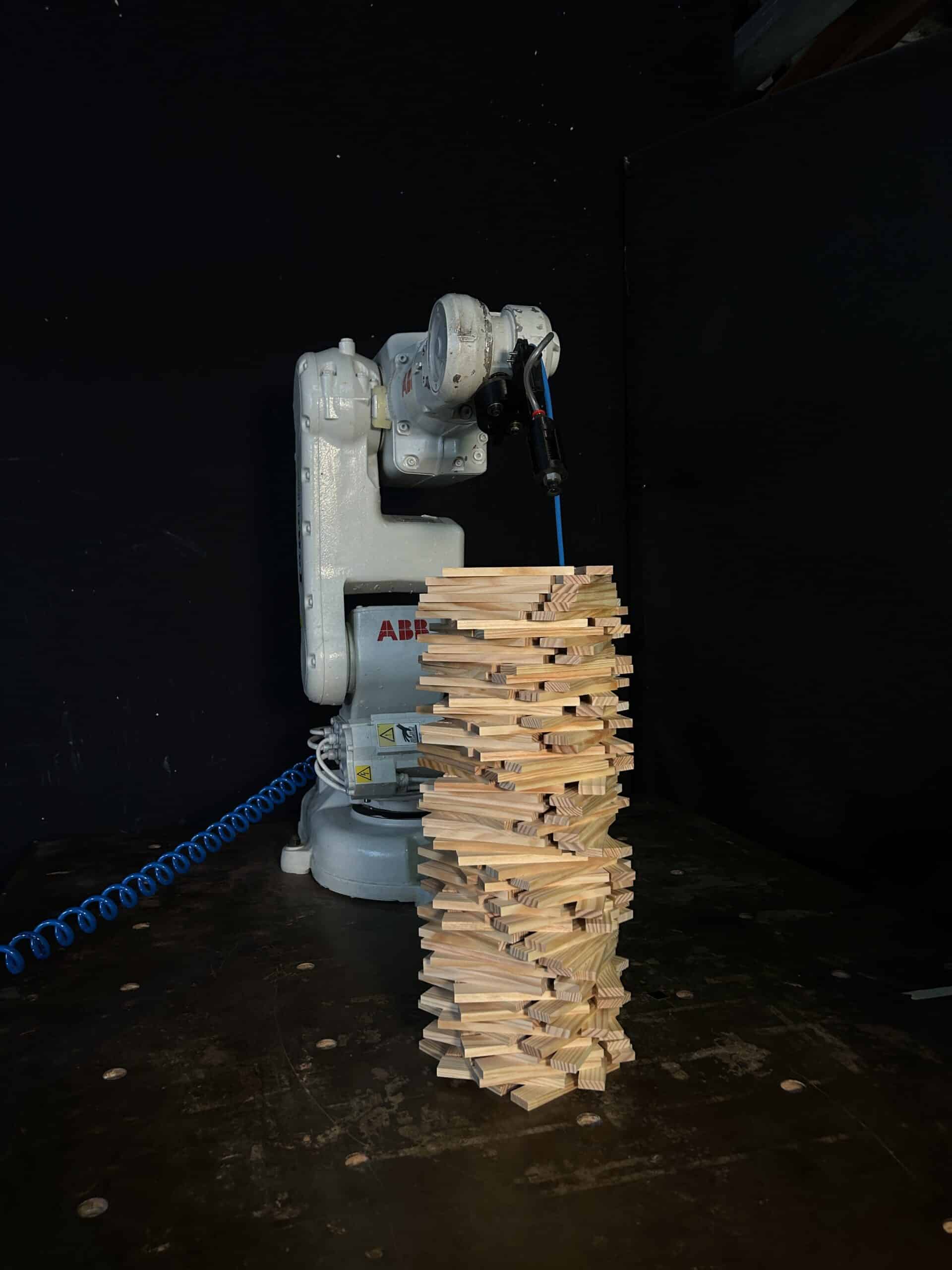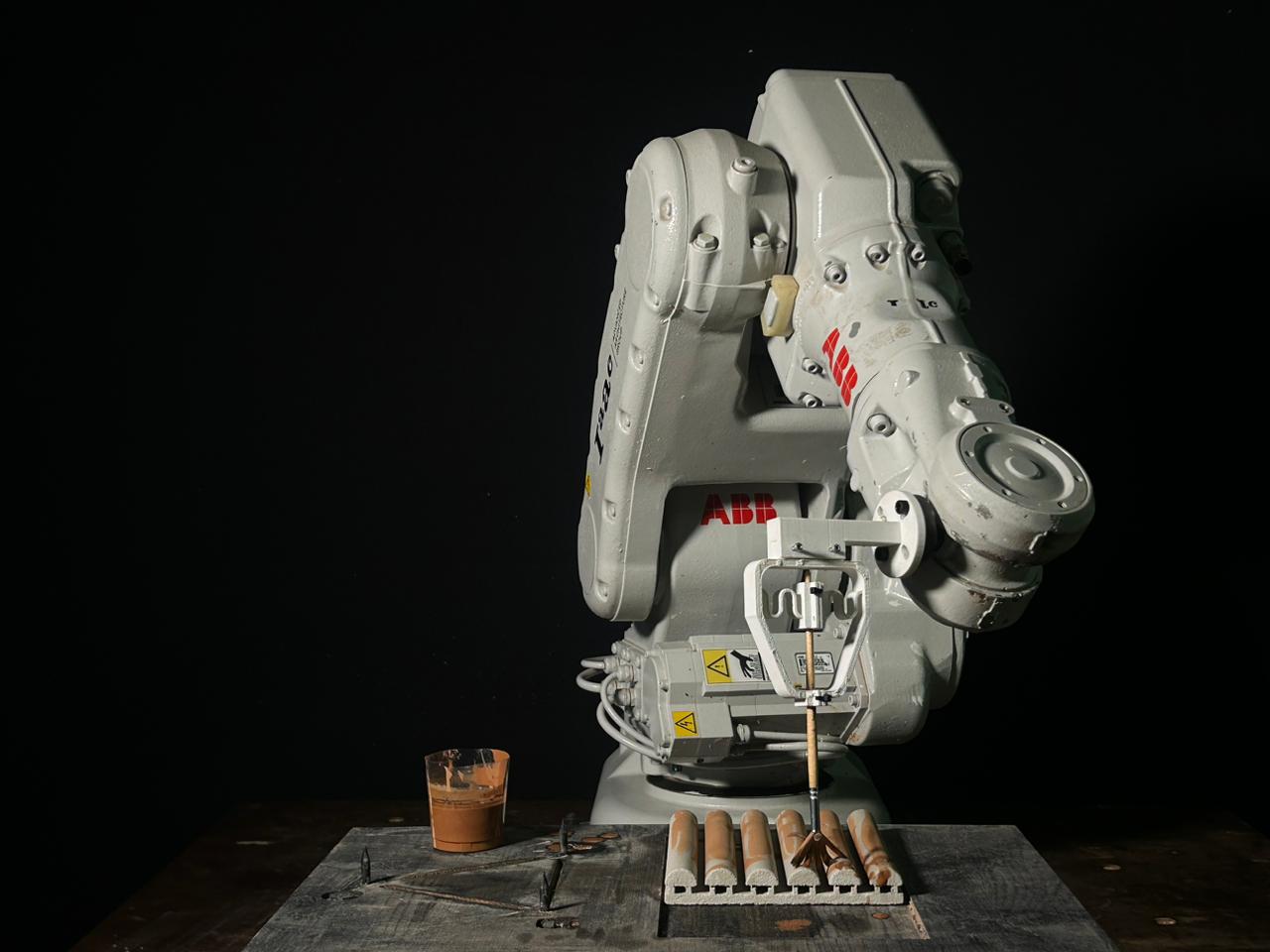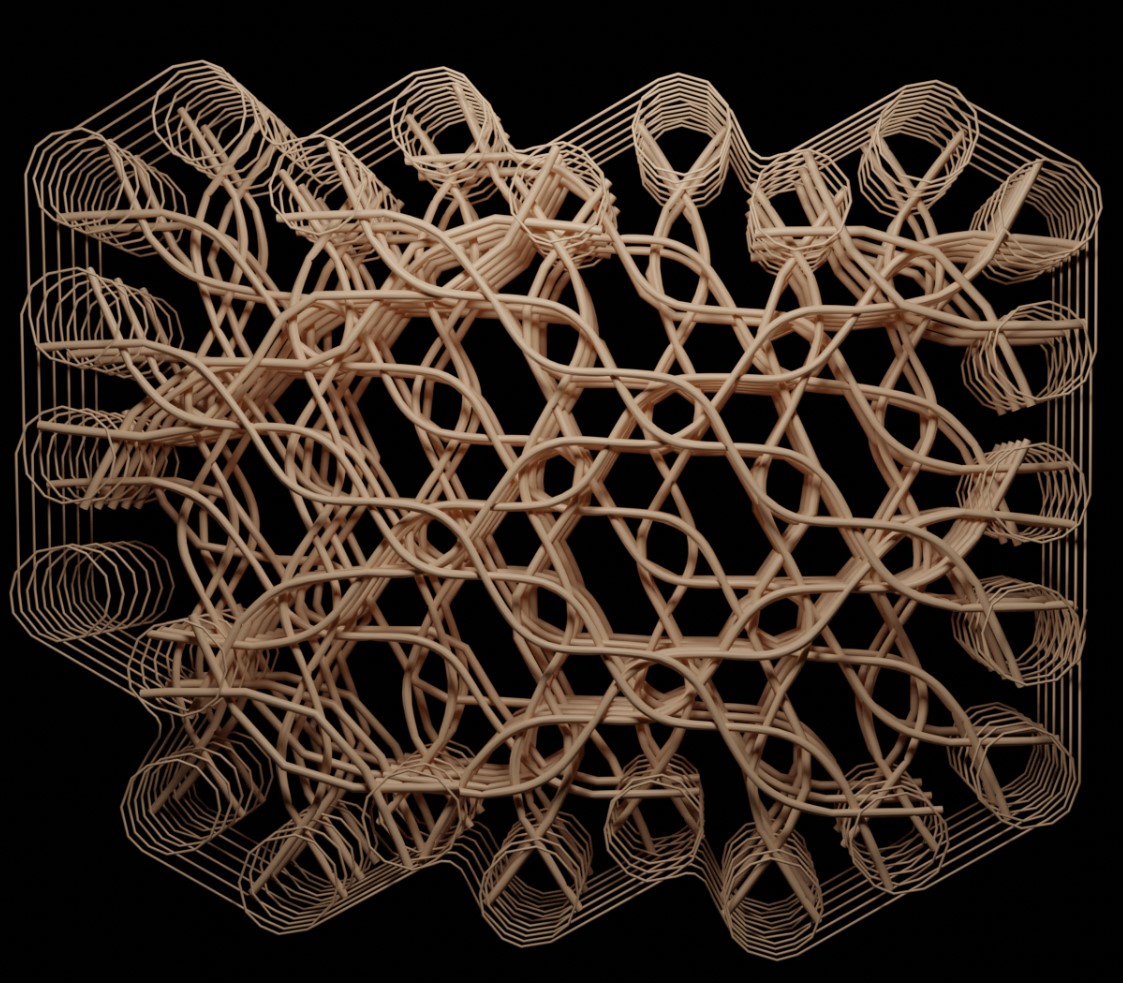Interlock Tower
Rethinking Towe Typology with AI: This project explores the redesign of contemporary tower structures using machine learning (ML), challenging the repetitive, profit-driven design seen in cities like Hong Kong. The goal is to discover new typologies through AI and stacking rules, and tren translate them to a robotic fabrication system (pick and place). AI-generated towers … Read more








